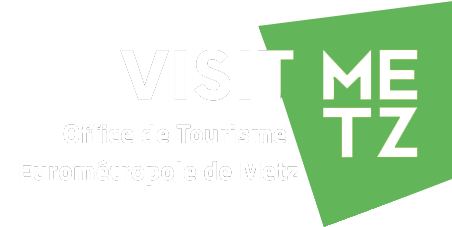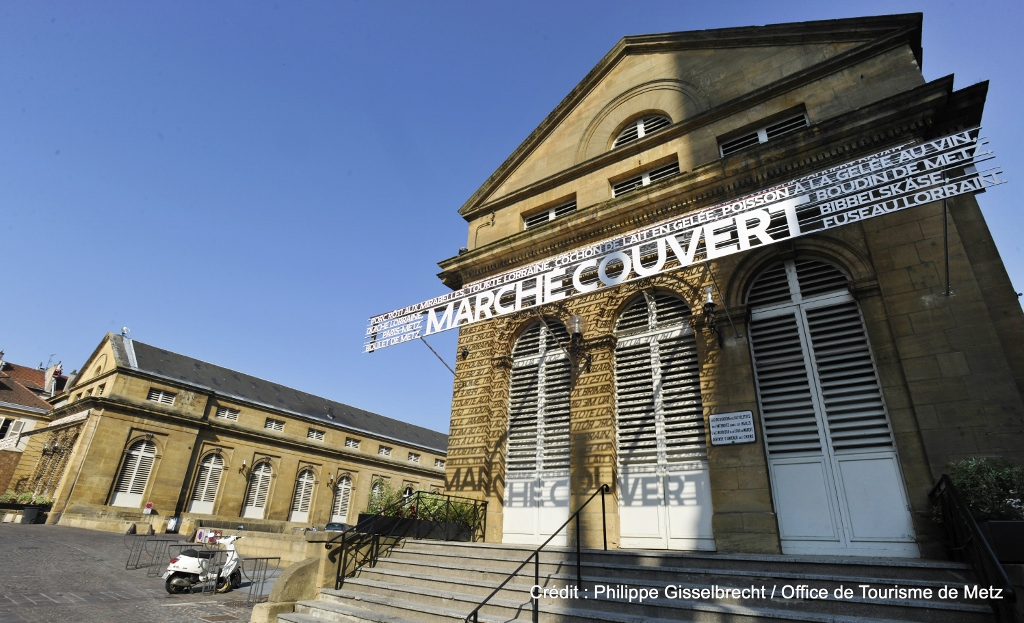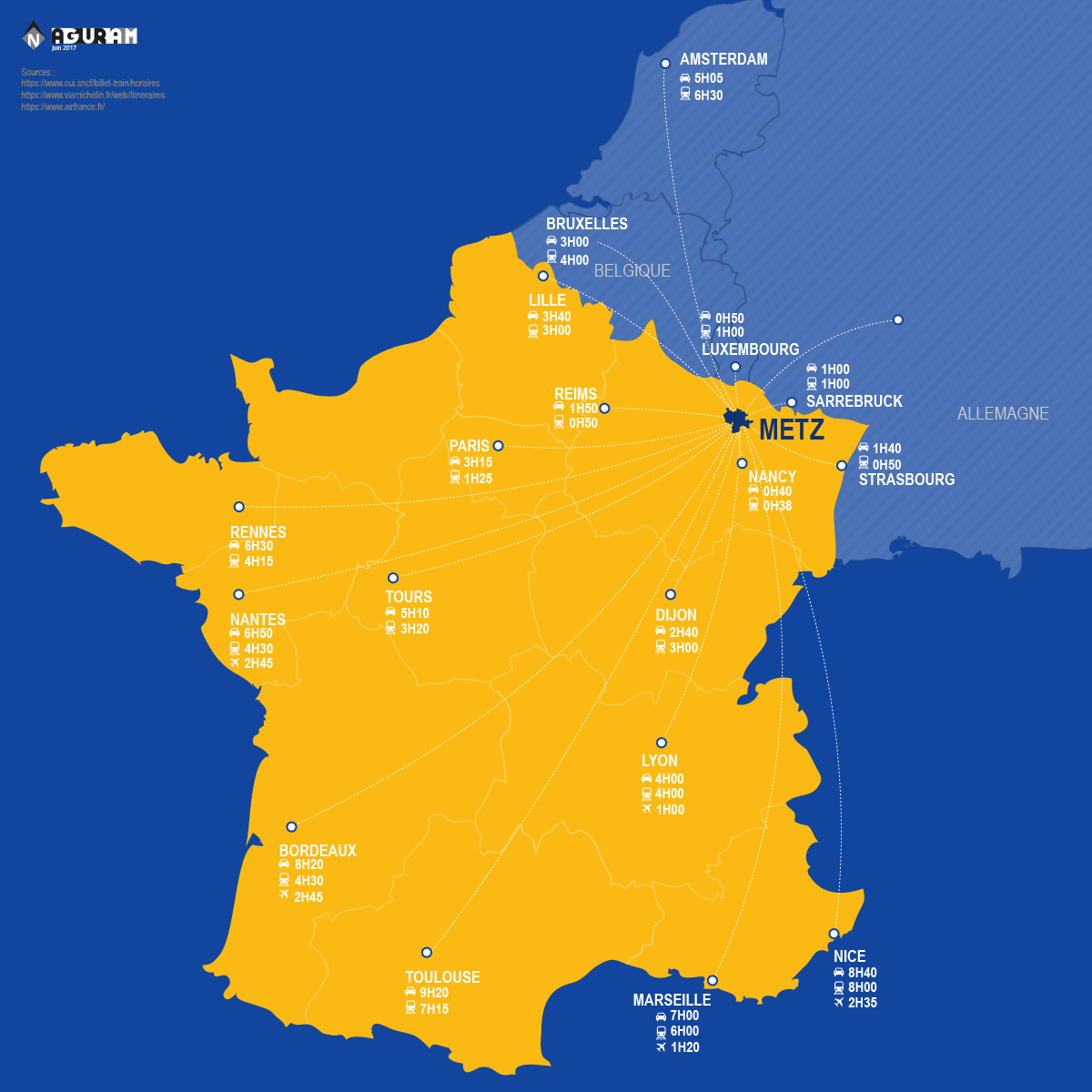Introduction
Nicknamed "God's lantern" with its 6,500 m2 of stained glass, Metz's Cathédrale Saint-Étienne is an ideal synthesis of the three golden ages of stained glass in Lorraine.
Herman de Munster's stained glass on the west facade, the earliest known example, dates from the end of the 14th century.
But two-thirds of the surviving early stained glass dates back to the Renaissance, marking the first golden age of stained glass painting, a brilliant technique likened to easel painting, with works by Thibaut de Lixheim and above all Valentin Bousch. Originally from Alsace, he and his renowned workshop produced a large proportion of the Cathedral's stained glass windows. This influence and creativity would not be seen again until the 19th century, the second golden age, with the development of the largest glass painting workshop in France, that of Laurent-Charles Maréchal.
The Prussians' entry into Metz and the German annexation led to the decline of his workshop, which had restored the main stained glass windows of Metz Cathedral between 1842 and 1872, and created new windows for the choir and the bishops' chapel.
Other outstanding contemporary creations include Pierre Gaudin's 1954 high windows. Jacques Villon's brightly colored stained glass windows (1957) adorn the Blessed Sacrament chapel, and are clearly visible from outside at nightfall. Those by Bissière (1959) above the side entrances are like mosaics, with cool, bluish tones on the north side and warm, orange tones on the south. Marc Chagall contributed to the cathedral's renown with stained glass windows inspired by the Old Testament (1962-69), located in the north transept and ambulatory.
Practical Information
- NO
- Yes










